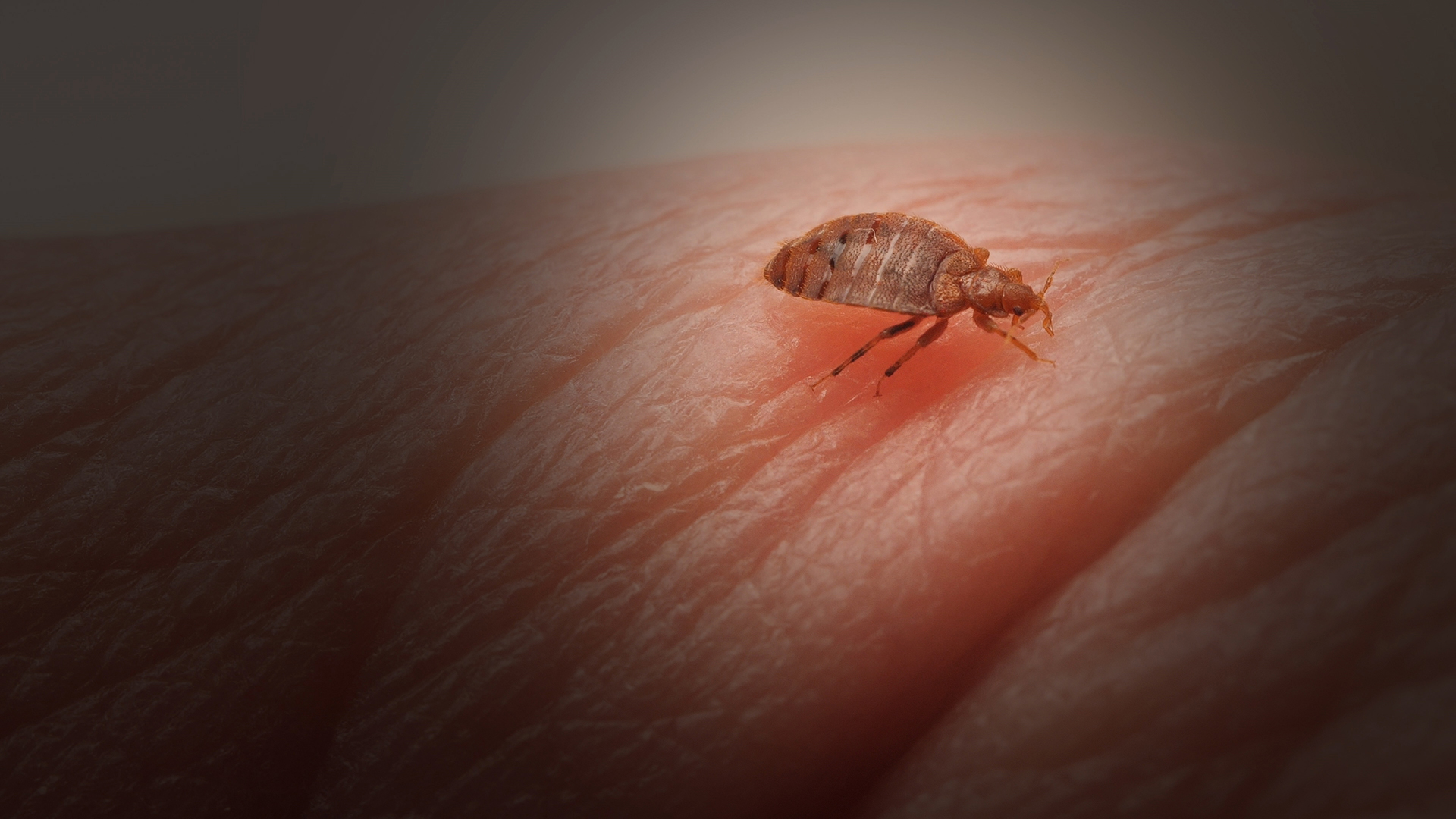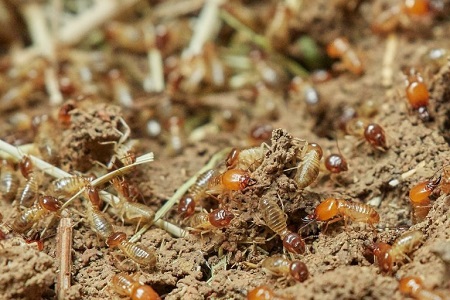Termite control can be very difficult. There are nuances that many other methods of pest control simply do not have. I think the evidence of this is in termite labels. Typical pest control products have fairly basic labels that may include dilutions and some instructions — for example, not to spray flowering plants. A termite label looks like a miniature version of “War and Peace” or the complete script of the “Lord of the Rings” trilogy.
Not only do termite products typically have multiple dilutions, but each type of application is detailed: drilling intervals, treatment depths, dig here, pole there, etc. It can be nerve-wracking for someone just to get a job done right. Baits tend to have simpler labels, but they present some other challenges for proper placement and maximum effectiveness.
BAIT. Baits are one of the most interesting developments in termite management in the last 50 years, if not longer. The premise of baiting is that termites, through natural foraging behavior, find the stations, start feeding, set up the station as a feeding station with plenty of tasty food, tell their friends about it, and then have them throw a huge baiting party with all their relatives. In doing so, they release the active ingredient, typically a growth inhibitor, throughout the colony, saving the day. Just put a superhero cape on this station; it deserves it.
By using their normal foraging behavior against the termite colony, you are effectively reducing the overall termite pressure in a given area. Remember this is not an obstacle. That’s not the goal here. Population reduction is the name of the game.
One criticism I hear is that with stations that many feet apart there is nothing to stop the termites from walking between them. That’s absolutely true, but termites don’t naturally forage in a straight line. Think of the mud tubes you saw. They branch out and divide. They twist and weave. This somewhat random behavior increases the likelihood that they will find the stations. Remember they are blind! Try closing your eyes and walking about 50 feet in a straight line. That will not happen.
LIQUIDS. Liquids are a completely different treatment method. Fluids are designed to create a barrier or treated zone around a structure. They are not all barriers. Repellent products – such as bifenthrin – create a barrier that repels termites. Non-repellent products such as fipronil form a treated zone. They do not repel the termites, but secretly lie in wait to be picked up by the termite’s body if it passes through. These products spread throughout the group through nurturing, again using the biology of the termites against them, and everyone who partakes dies. Since they rub against each other a lot, there are mass losses.
Placing this treatment zone around a structure you wish to protect has been a primary treatment method for more than 100 years. When done right, it can be very effective, especially with the compounds that are available to us today. Let’s not talk about the 90s.
Bait and liquids can be used together to combat a termite infestation.
Johnny N. Dell, Bugwood.org
BOTH. Some argue that liquids and baits cannot or should not be used together. I do not agree. I call it the ultimate protection. Think of this as a soccer metaphor: baits are offense and fluids are defense. If I surround the structure with lures appropriately placed, and even some in additional conducive areas (as the label says) then I have committed an offense to attack a colony. Should they evade my attacking move, they will reach my defenses, the liquid treatment zone properly applied to the perimeter.
This combination may seem like overkill, and it may be, but some clients like the idea of having both a strong offense and a great defense. They say defense wins championships, but in this case, getting a few kill points along the way might not be bad.
I really don’t think this combination treatment is for everyone. What I believe is that both baits and liquid treatments have their value. Both have their place, and sometimes that place goes hand in hand.
FINAL THOUGHTS. With any structure you approach, you should consider the construction, landscape, favorable conditions, obstacles, or other challenges, and then decide which tool (or tools) in your toolbox to use. Termite control is not one size fits all, and treatment programs should be based on what is best for the customer and your company’s liability.








